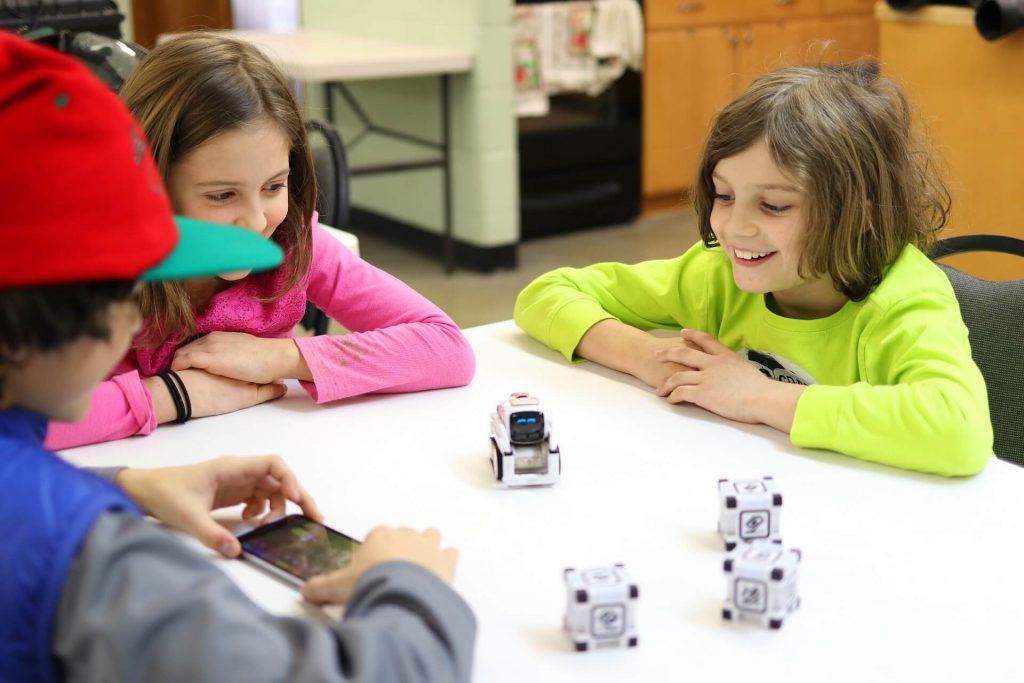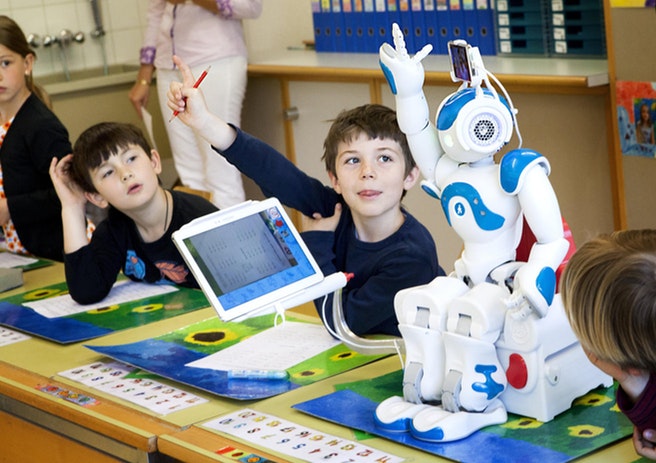
Flipped classroom: It’s one of the hottest buzzwords in education at the moment, and it’s also an effective approach to student-centered learning.
If you’re not yet familiar with flipped classrooms, here’s the deal:
In a flipped classroom, students watch recorded lectures or review material for homework and complete assignments, labs, and tests in class. This individualizes learning for students, allowing students to move at their own pace. It also provides teachers with the opportunity to work one-on-one with students who need more support, and students can easily catch up on missed lessons.
Using this classroom model, students learn content outside of the classroom, freeing up class time to engage in hands-on, collaborative application.
One variation on the flipped classroom is to provide instruction on one or two days of the week, devoting the rest of the week to student-centered, self-paced activities based on the content you’ve delivered.
This approach is common in English classes, where students read texts at home and discuss or interact with them in class. But how can you flip your STEM classroom? Read on for some tips!
Choose Engaging Resources
In order for flipping your classroom to be successful, students must complete their homework (viewing resources and learning content) in advance.
To make this happen, try to choose engaging resources. Find or create interesting lecture videos, preferably with visuals. Also change up the resources you present to students. Use a combination of articles, videos, and even more innovative resources like virtual field trips.
Provide Incentives
It’s also a good idea to provide students with an incentive to complete their homework. For instance, give a graded quiz, assignment, or project to assess students’ knowledge when they come into class.
An assessment at the beginning of class will also help you gauge how well students have understood the material and what steps you should take next.
Focus on Higher Level Activities
Now that your students have gained basic knowledge outside of class, use class time to deepen their understanding.
Engage your students in higher level cognitive activities like forming hypotheses, designing experiments, or carrying out lab projects. Students may also analyze data, have debates, or solve problems.
The key is to deepen student knowledge in an engaging manner. As students have time to complete simulations, conduct experiments, and problem-solve, they’ll begin to enjoy the learning process.
And flipped STEM classrooms aren’t just fun, they also get results! According to preliminary research, flipped learning increases standardized test scores by as much as 20%.
Conclusion
Although flipped classrooms are typically associated with the humanities, it’s the perfect model for a STEM classroom. After all, hands-on activities are a key component of STEM education.
Assign your students engaging resources to view outside of class, then check their understanding at the beginning of the period the following day.
Then, engage them in hands-on application with labs, simulations, and problem-solving. Your students will enjoy learning, and they’ll achieve more in the process.

Discover more about STEM with RobotLAB!
Discover our STEM products!
Download 2022 Product Catalog Now
